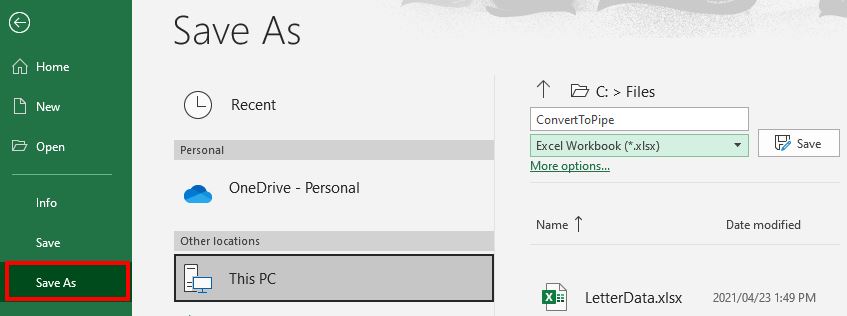

It produces the same result as the above.

Most database loads data from a flat file with fields separated by comma. The most frequently used file type in most organization today is Excel document.There are various issues with loading data from Excel as most database may not support the functionality directly where you may need to use some third party utility.

Hey, it does not hurt to ask the requester back in a format that you need to make your load process easier but you may or may not get what you have requested.


 0 kommentar(er)
0 kommentar(er)
